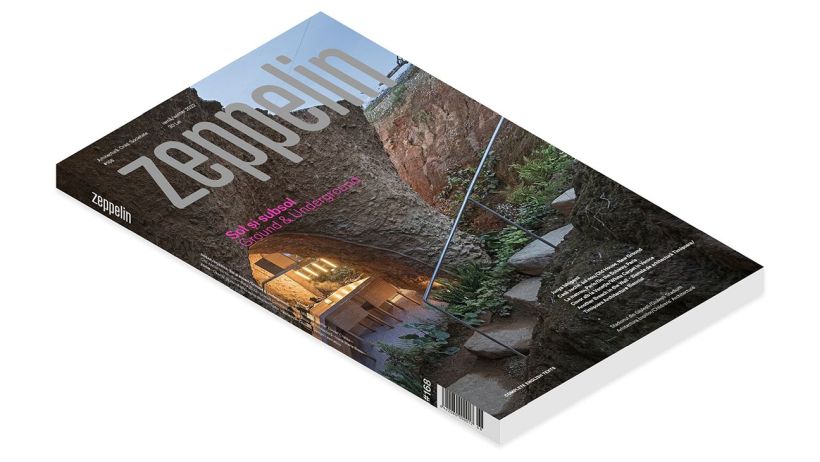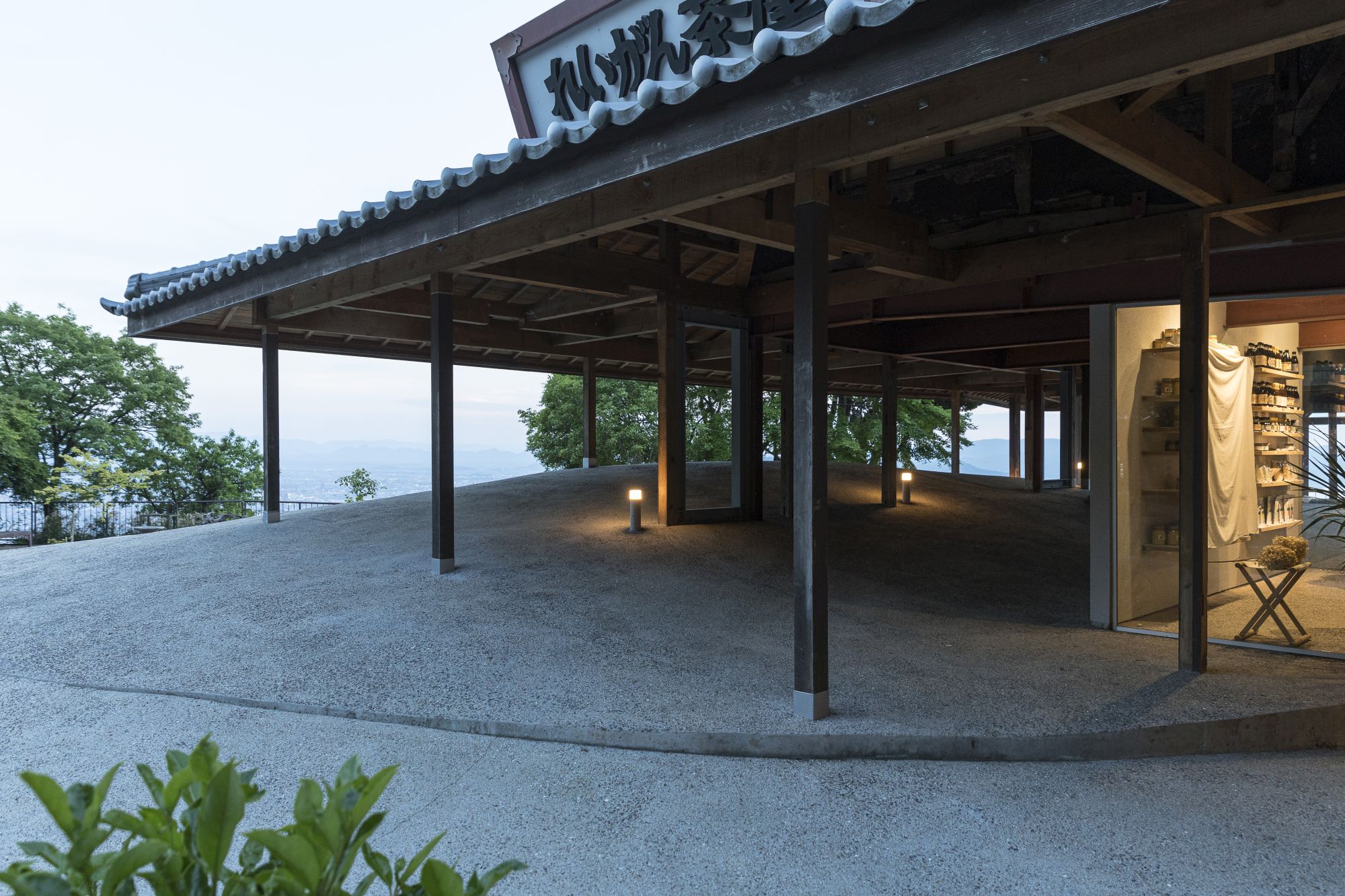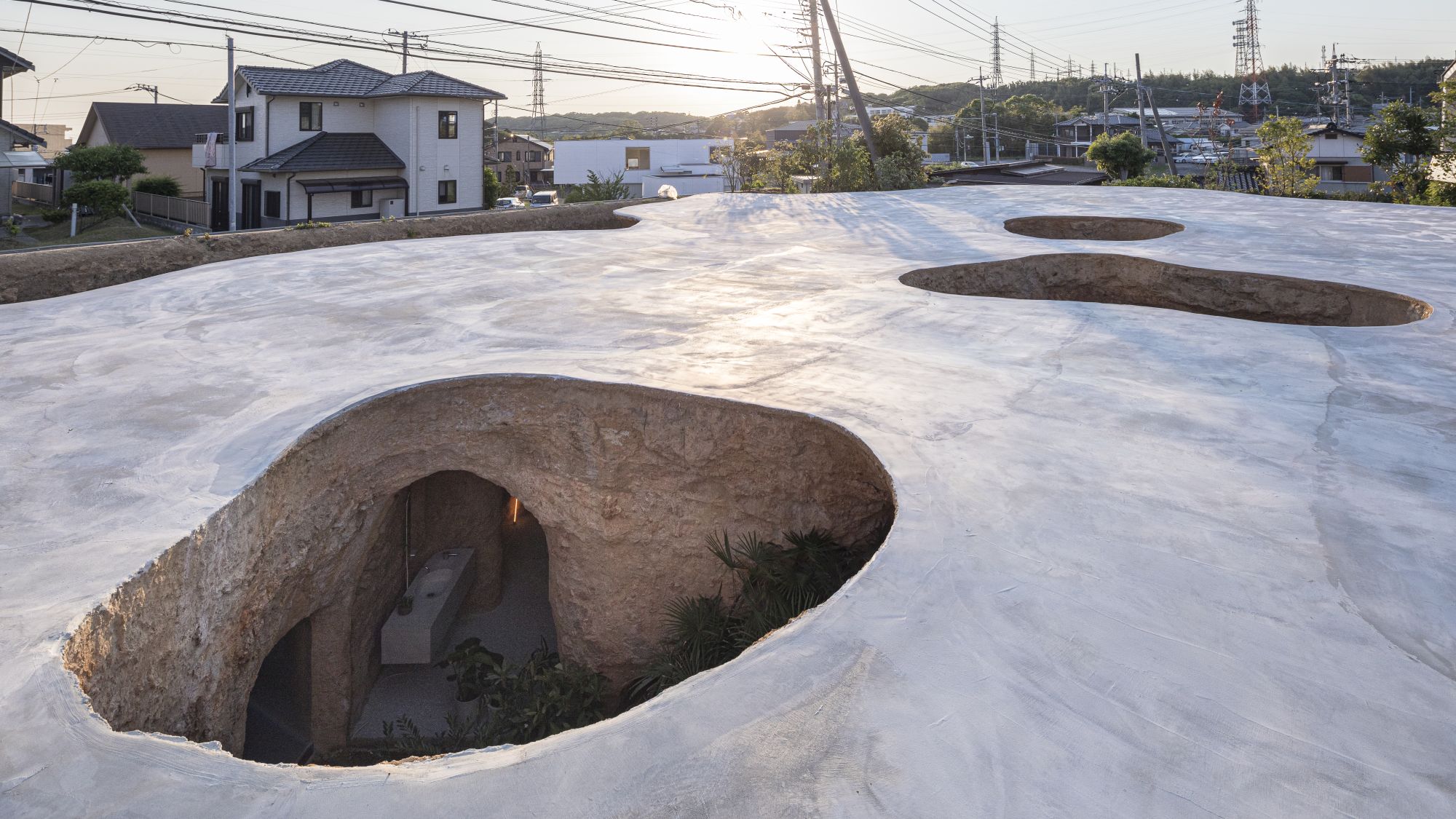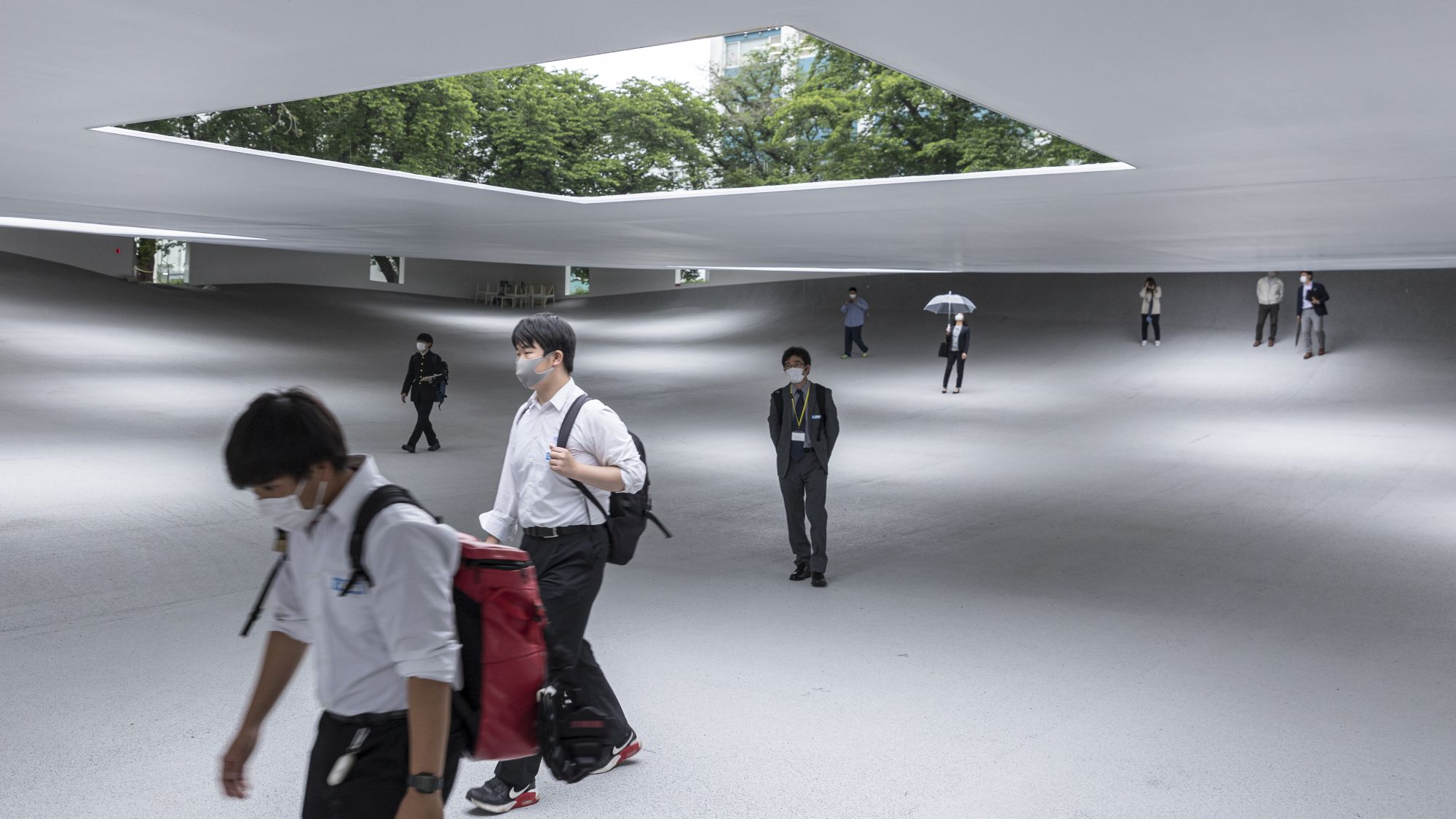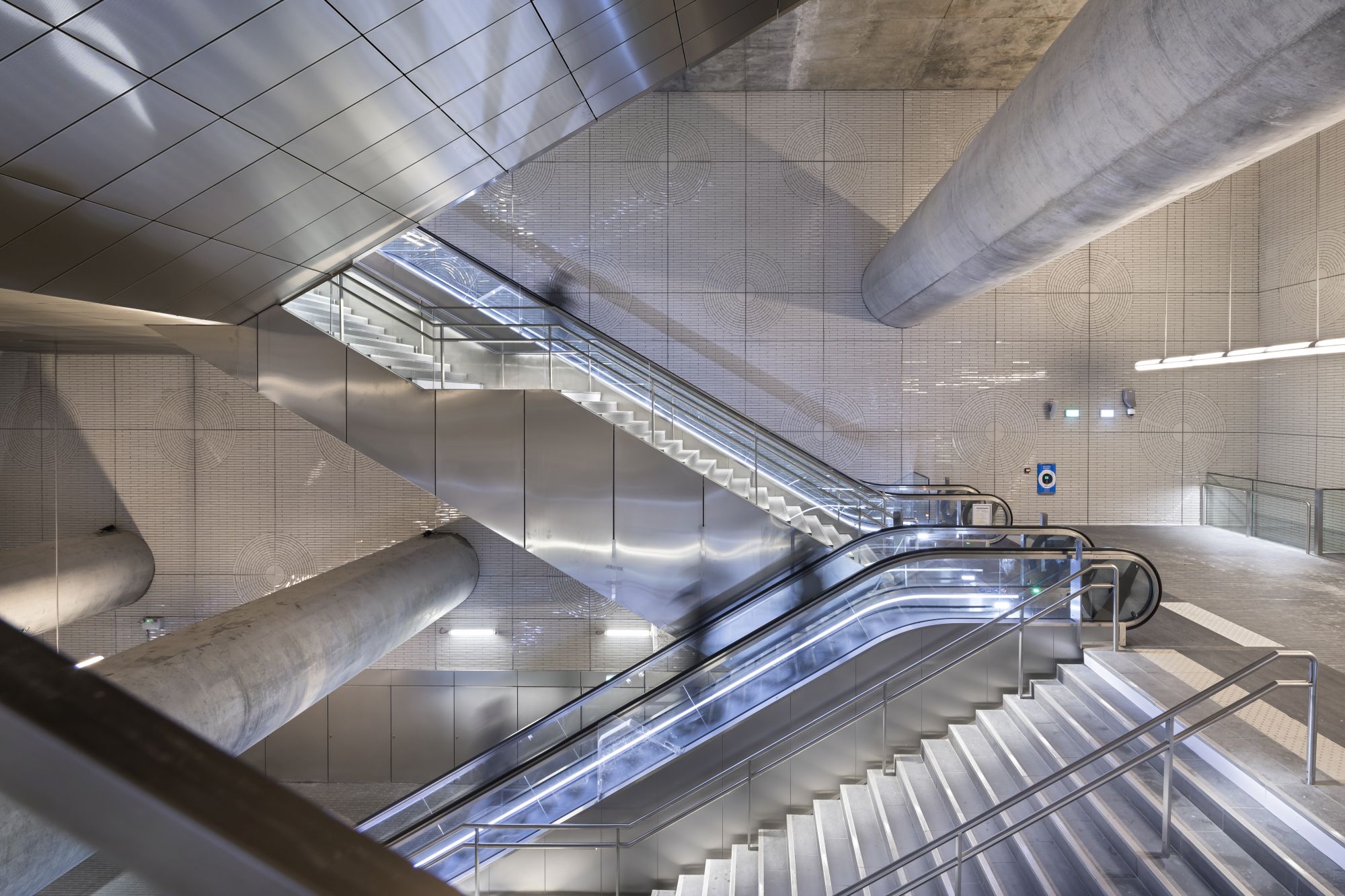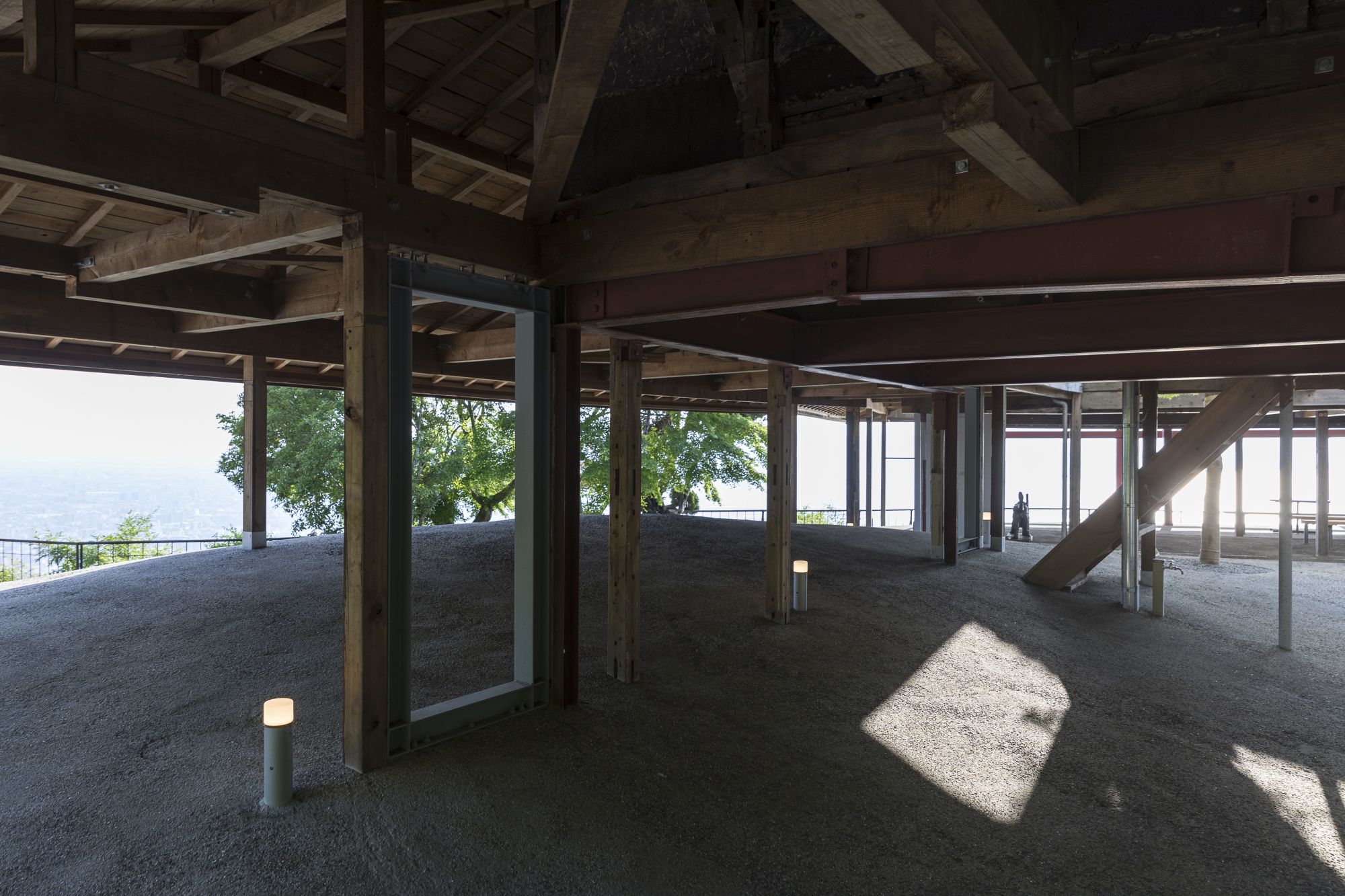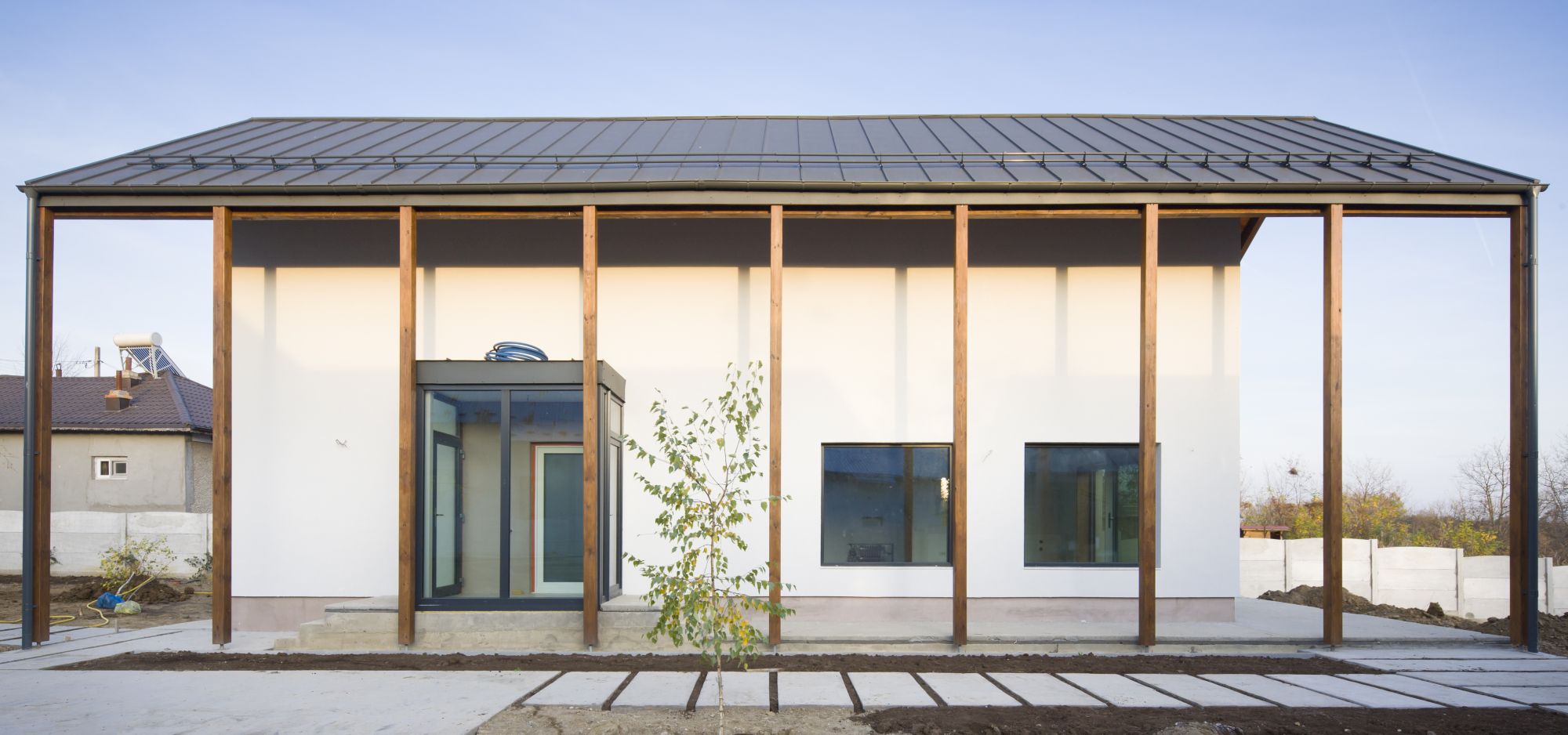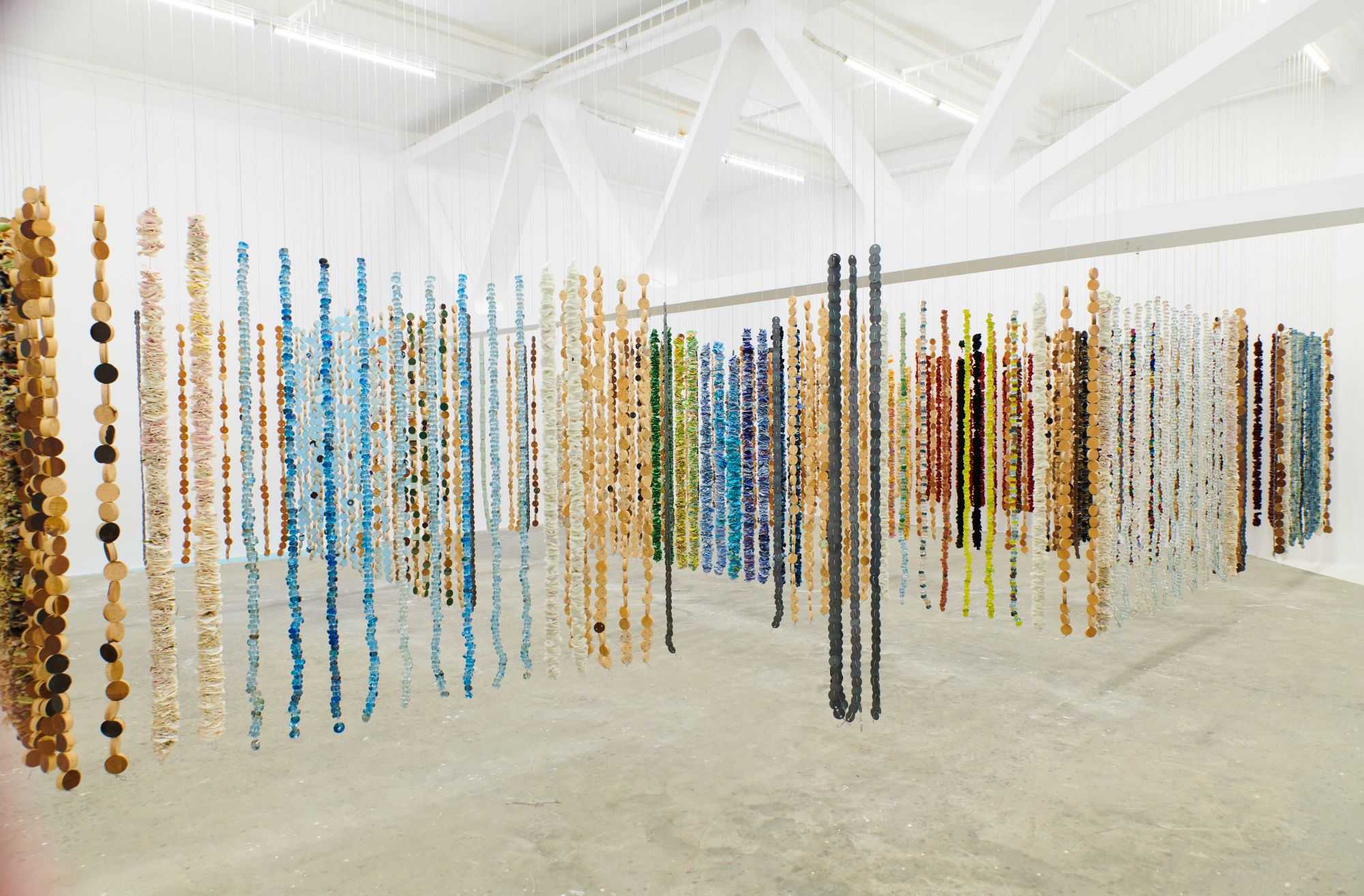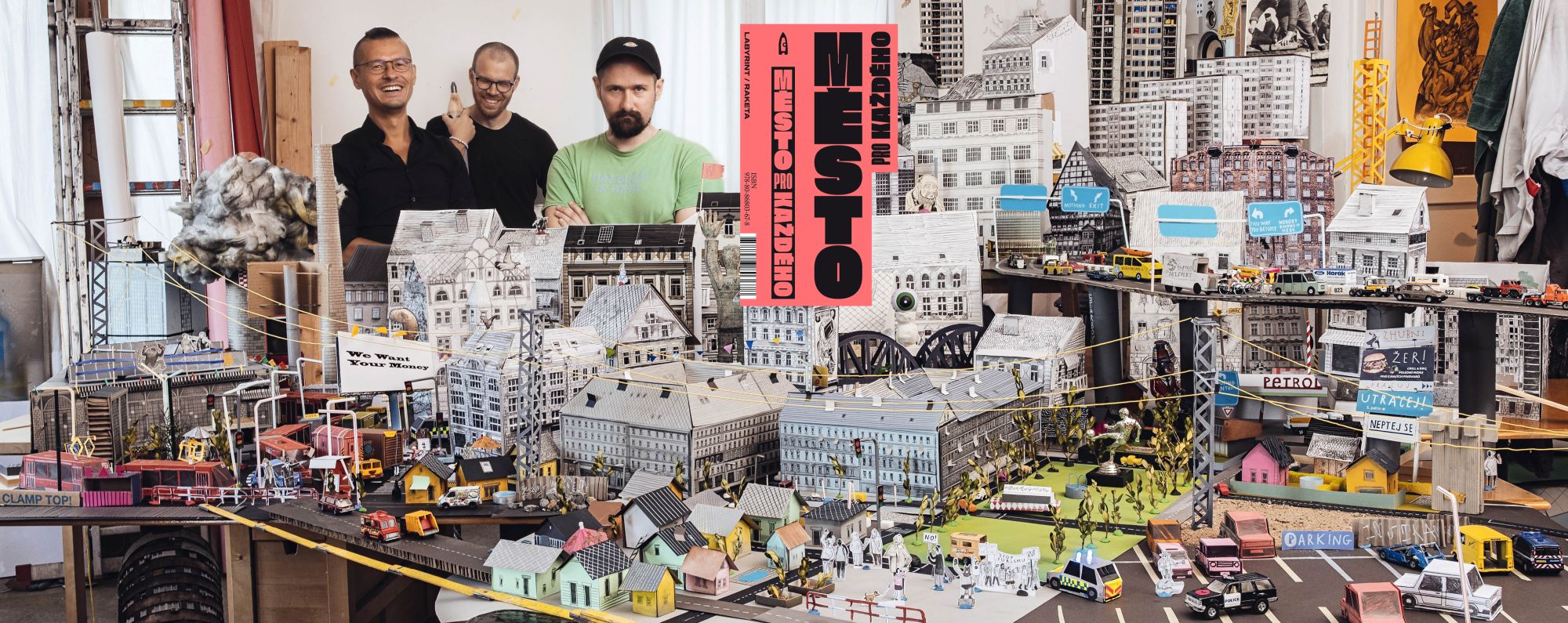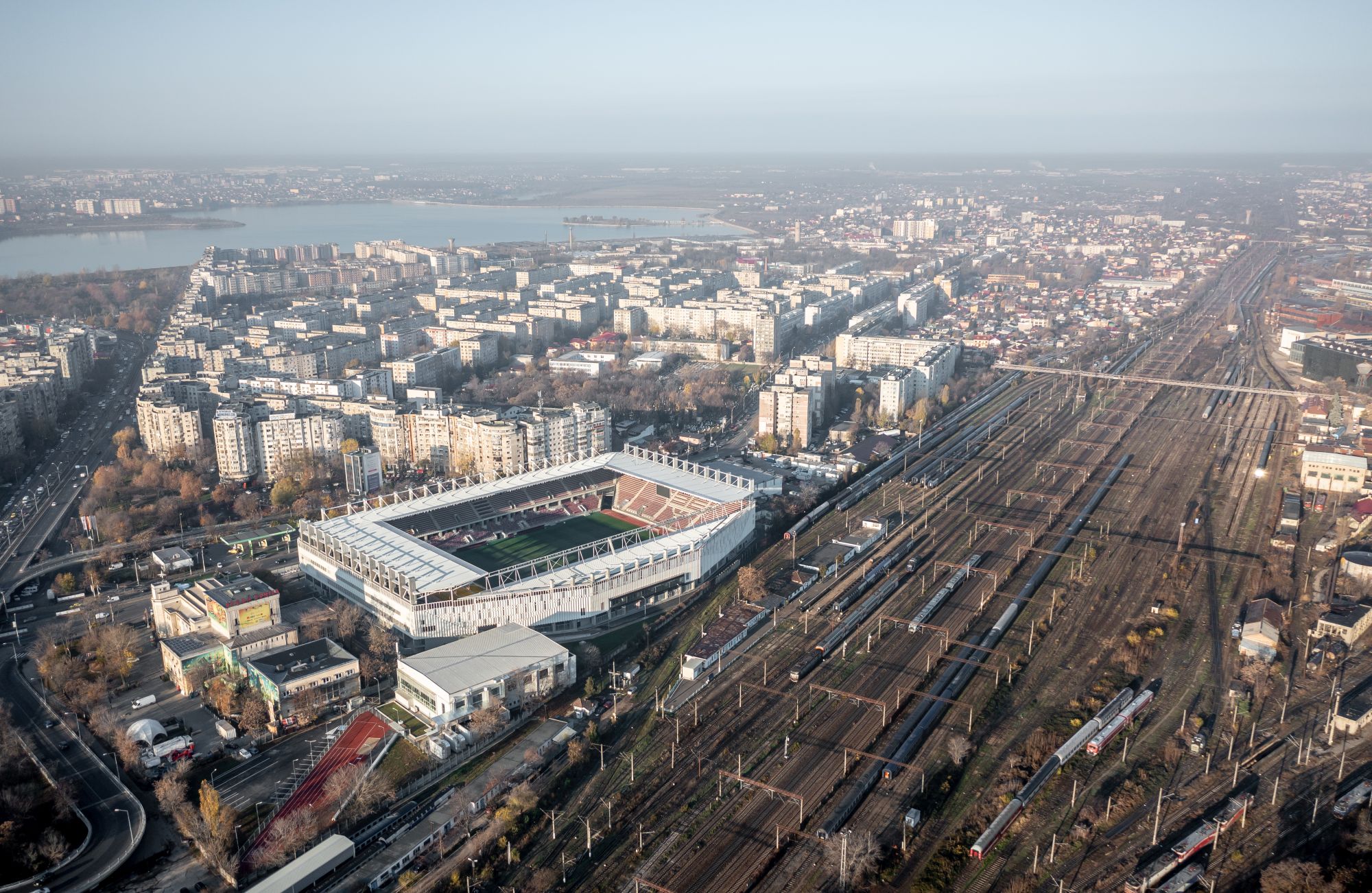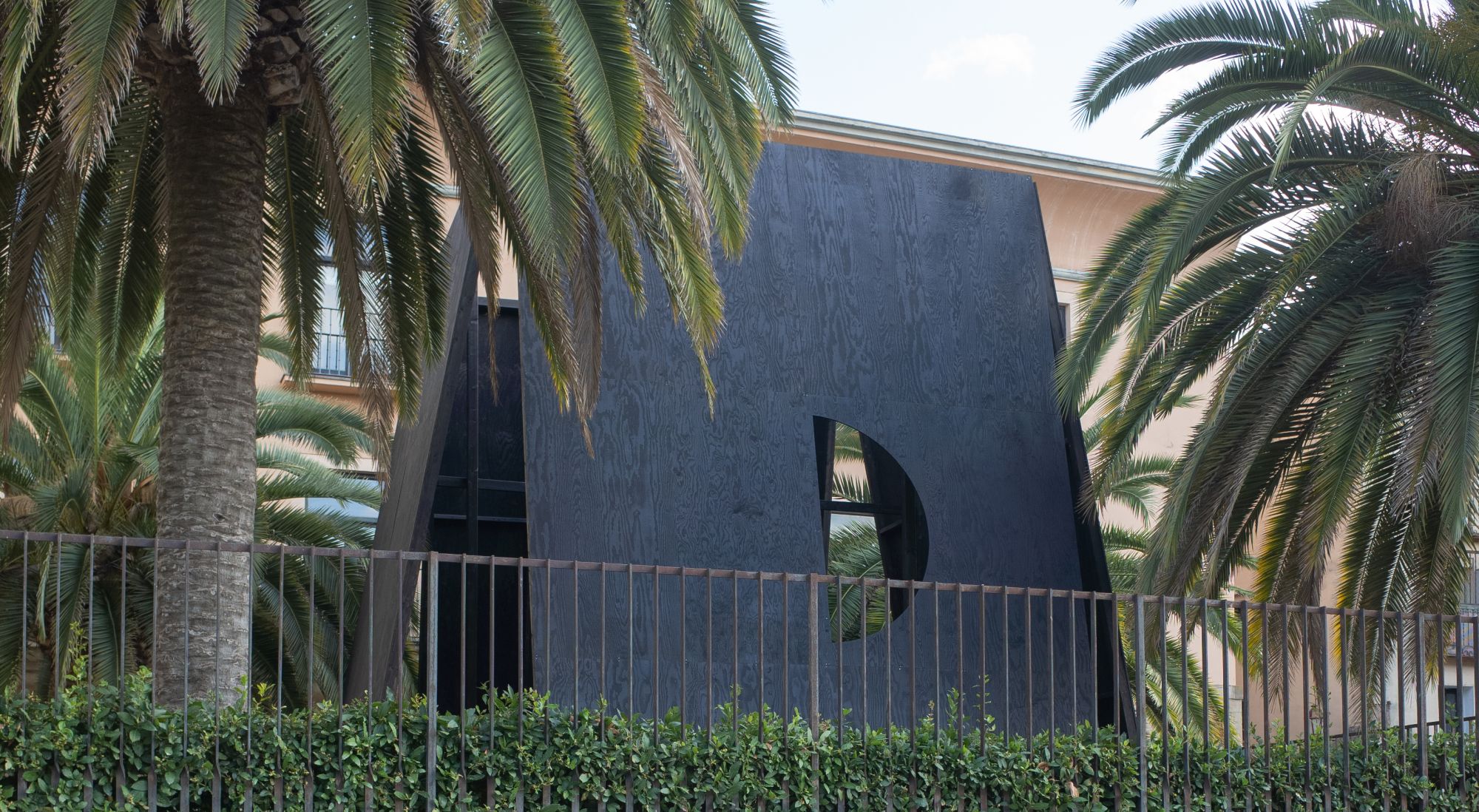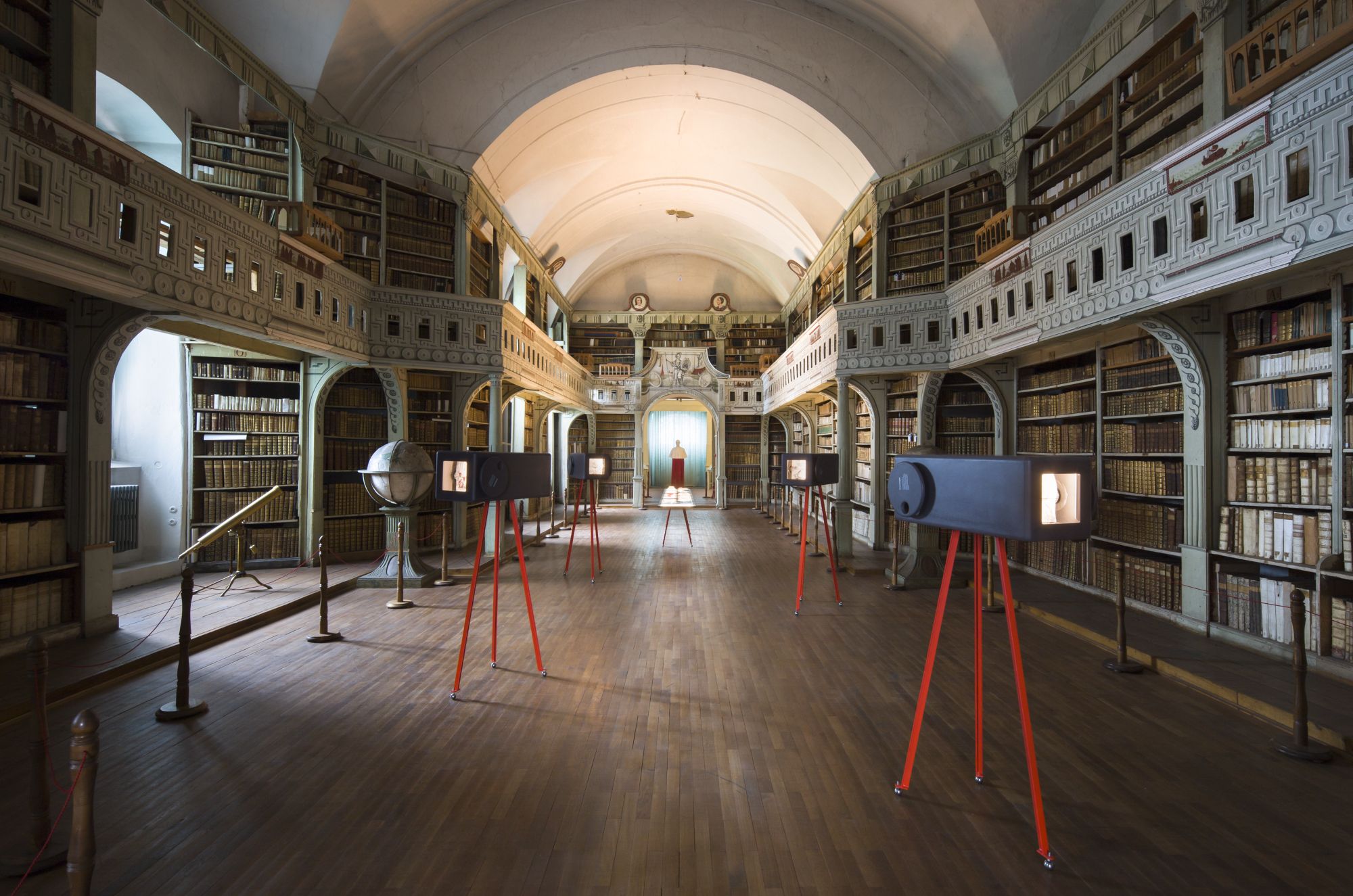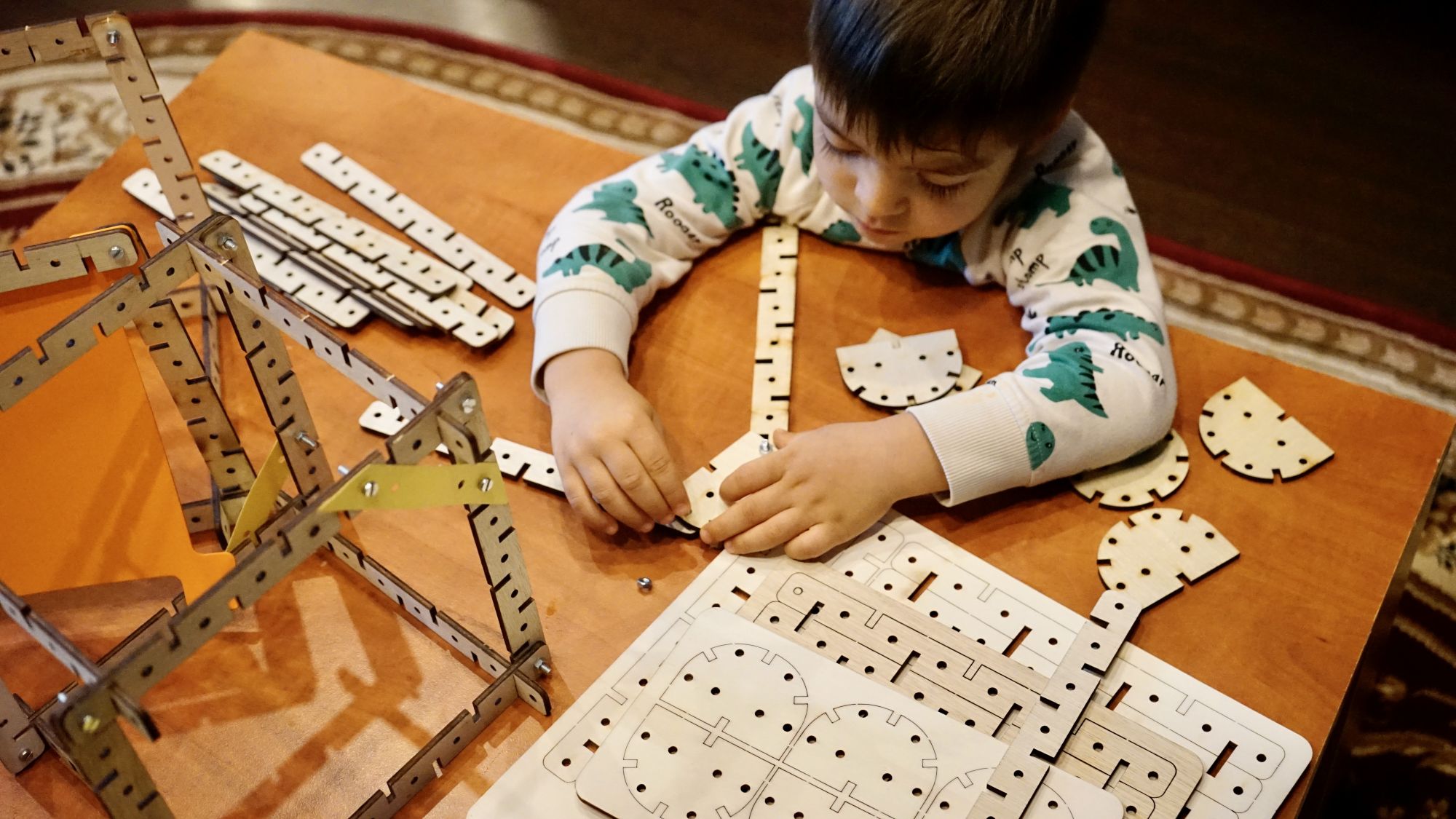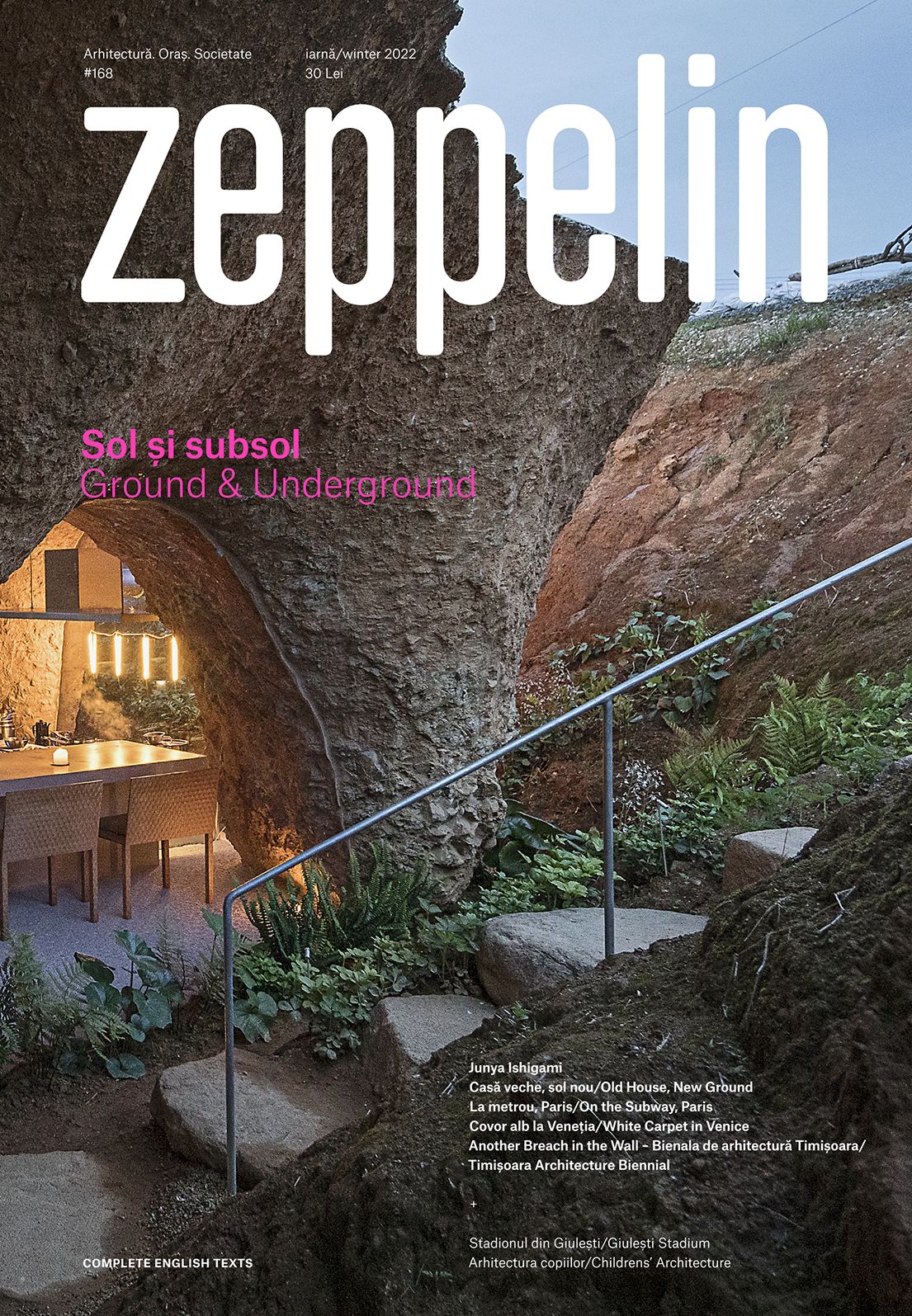Edito: On‑site Representation
Text: Cătălina Frâncu
Photo: Roberta Curcă
DOSSIER: GROUND & UNDERGROUND
Intro
Text: Ștefan Ghenciulescu
With this dossier we remain close to the ground, even on the ground, and, a few times, a little under‑ground. Some of the projects are about public space and topography building through a minimum of gestures made to connect the terrain, the buildings and the landscape while also offering appropriate places to pass through and sit. At other times, public space sinks under‑ground because it has to—like in the case of the metro stations designed by Zündel Cristea architecture office, where Parisian tradition and Piranesian spaces come to pleasantly intertwine. Or it burrows just because sometimes descending under‑ground doesn’t necessary mean a trip to the inferno, but quite the contrary: access to a protected and controlled medium, a shelter, possibly serene, where one may comfortably sit together with others, in a good burrow. (…)
Earth Becomes Architecture
Junya Ishigami: House & Restaurant
Project & Text: Junya Ishigami
Photo: Laurian Ghiniţoiu
The project is a residence/restaurant for a French restaurant owner. He is an old friend of mine, and he was the one who commissioned the Tables for a Restaurant. I was asked to design a building as “heavy” as possible. “I want an architecture whose heaviness would increase with time,” he said. “It cannot be artificially smooth but rather something with the roughness of nature. Authentic cuisines require such a place.” He also told me that “it has to look as if it has been there and will continue to be there for the longest time.” His idea was to create a brand‑new long‑established restaurant. He was longing for something that is both a house and a restaurant, something he could pass on
to his children and grandchildren. (…)
Junya Ishigami: Plaza, Kanagawa Institute of Technology
Proiect & text: Junya Ishigami
Foto: Laurian Ghiniţoiu
The sagging sky‑like ceiling and the concave ground‑like floor curve to join in the distance, thus materialising a horizon within the architecture. People appear as they approach from the horizon and disappear as the move beyond it. The roof has 59 openings that illuminate the spaces directly beneath them, but the low ceiling prevents daylight from spreading throughout the interior. This play of light and shadow changes according to the hour and the weather. Since the openings are left unglazed, the natural elements can flow inwards. On rainy days, drops of water fall through these openings to form columns of rain inside, generating a hazy scene with the sight and sound of rain before one’s eyes. (…)
Concrete, Ceramics, Light
Atelier Zündel Cristea: 4 Metro Stations in Paris
Text: Grégoire Zündel, Irina Cristea
Foto: Sergio Grazia
The “metropolitan identity”—bevelled tiles and arches—is taken up. Distributed in small touches through out the monumental space, the texture of the materials is highlighted by the disciplined geometry of the forms and the contrasts between concrete, earthenware, and stainless steel. Stripped and detailed, the materiality of the walls is a white screen which shows the moving silhouettes. (…)
Turning the Red Carpet of the Starts into a White Carpet for All People
Piazza del Cinema, Lido di Venezia, Italy, 2018
Text: C+S
Foto: Alessandra Bello
Reacting to Lido losing its role as one of the most sought-after seaside resorts in Europe, the site an international competition for the new Cinema Festival Palace was organized. The project was also to be a part of the commemoration for the Italian Unification. The construction stopped under bribe accusations of the public management team, leaving exasperated citizens and the Biennale with a big hole in the ground. Starting a series of conversations with the locals, C+S decided that the main aim of design was that to give back the citizens a well-designed and adaptable public space made of a square and a park, which would be transformed during the three weeks of the Cinema Festival or during the year. (…)
Old House, New Ground
SUO: Café Reigan
Text: Takashi Suo
Photo: Laurian Ghinițoiu
This project is a renovation of an old building placed on a mountaintop with beautiful views. It used to be very famous for its sightseeing qualities. As tourism developed, the client built a hotel, a souvenir shop, a teahouse and some similar functions on their large property. When the number of visitors gradually declined, they demolished the hotel and only kept the teahouse and souvenir shop. (…)
The City a Common Good
Timişoara Architecture Biennial—Beta 2022
Text: Ștefan Ghenciulescu
I, for one, am a big BETA fan. This program has an ambition and a consistency that are extremely rare in the Romanian landscape – and the regional one, in fact. All the last four editions have in common the shift from the local event, almost exclusively centred on exhibiting and rewarding architecture production, to an international program with regional availability and the courage to speak of big and global issues, of putting architecture in a social context and of taking it out of the architects’ ghetto.
Uranus Conciliation
A Memorial and Urban Project
Project: Zeppelin, Ideilagram
Text: Ștefan Ghenciulescu, Dorothee Hasnaș, Ilinca Păun-Constantinescu
Photo: Tudor Constantinescu, Roald Aron, archive images, project team
Tabula rasa?
Well, sometimes not even tabula rasa is complete!
The “Uranus Conciliation” exhibition as well as the overall project explores the traces of the city destroyed in the wake of the ‘80s megalomaniac transformation of Bucharest. We talk about scenarios and proposals for the democratic and coherent development of the Uranus-Rahova-Izvor area, and how traces can become a resource for this process. A project within the “Uranus Now” program
Albu Architecture Office:
CC House, Prahova
Project, text: Pavel Albu
A simple, logical, and apparently ordinary house, which does not stand out in the peaceful landscape of Prahova hills and villages. Architecture arises out of proportions, scale distortions, a discreet monumentality of interior and exterior spaces, and out of non-traditional details.
Harvest Time, Kunsthalle Bega
Artist: Ioana Maria Sisea
Curators: Anca Verona Mihuleț, Iris Ordean
The exhibition at the Kunsthalle Bega in Timișoara speaks about memory, deconstruction and reconstruction. But, from an architectural perspective, also about dwelling, space, materiality and co-presence. We brought here the curators’s text and a reflection from the architect-spectator
ZOOM
The Urbanophile
Osamu OKAMURA
Interview: Ștefan Ghenciulescu
Osamu is an architect, a planner, an activist and an educator. I met him about 15 years ago during his first visit to Romania, as the editor-in-chief or ERA21, the Czech professional architecture magazine. Since then, he became among others, program director of reSITE international festival on more liveable cities, a member of the Prague 7 District Planning Commission, and recently, a lecturer and Dean of the Faculty of Arts and Architecture of the Technical University in Liberec.
His passion for cities, innovation, writing and architectural education for young people come together in his brilliant book ‚City for Everyone: A Manual of Urbanism for Beginners’, (Labyrint Publishing House).
Hyper‑Density, Openness, Identity
Graphic Studio: The New Giuleşti Stadium
Text: Ștefan Ghenciulescu
Foto: Vlad Pătru
Rapid football club is one of the most beloved in Romania. The passionate relationship between the neighbourhood inhabitants and the club is legendary, and it survived the Communist period and even the decline of Romanian sports over the last decades.
Recently, the old stadium made way for a new one – an expression of a worldwide phenomenon, where old arenas are no longer adequate and cannot really be adapted to the evolution of sport as a global-scale media phenomenon, to the functional, comfort, and security needs. The story of the new project is about such needs, but also about tough constraints, urbanity and memory, and about the relationship with a community.
House with 4 Palms
Project, text: Tudor Vlăsceanu
The Concentrico Festival proposes a rediscovery and re-understanding of the city through architectural installations and the spatial experiences they propose. The festival takes place in the city of Logroño, it lasts for one week, and it is in its 8th edition. This year I was happy to find myself among the architects invited by the festival.
Exhibition at Batthyaneum
Astro‑stories and mechanical animations about the Astronomical Observatory in Alba Iulia
Text: Constantin Goagea, Cristina Ginara, Cristian Mladin
Photo: Andrei Mărgulescu
We are in an unusual place in Alba Iulia, away from the hustle and bustle of the world, in a somewhat strange-looking building. A Trinitarian church and monastery, then a military hospital, then a novel-like twist: Bishop Ignatius of Battyán turns the building into an astronomy institute; And also, a public library. The year was 1798. (…)
eematico Architecture Kit
Architecture as Systemic Thinking
Intro: eematico
Text: Cătălina Frâncu
Foto: eematico Archive
Ion Neculai is an architect and education entrepreneur, co-founder of eematico. Together with his team, he is leading the way to innovation in educational programs, aiming to help children develop life skills for the 21st century. eematico does this through experiential, play-based learning, which is a fundamental learning process. Children’s confidence in their own strengths is deepened through building and designing ideas. Their main aim is to help children understand, rather than simply collect information. (…)

